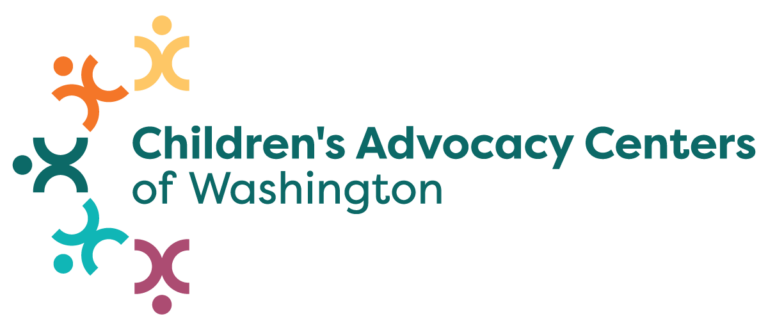- (360) 753-3703
- 1217 Cooper Point Road SW, Suite 6, Olympia, WA 98502
CAC Resources
NEW! Digital Tool Kit for April Child Abuse Awareness Month. Click HERE.
NCAC: Media Guide for Reporting on Child Abuse
Journalist-Guide-for-Reporting-on-Child-Abuse
Media Contact Resources
Newspaper-contact-info (Excel)
Ethnic-Community-Media-Directory-OESJ — sourced from King County OESJ
WA Radio Stations (link)
Media Tips
Changes in news media: During the past two years, a lot of changes have taken place in print media. Many smaller community papers are now owned by one publisher, so you will see the same editorial contact for many papers. You may want to identify the community name as part of the subject heading so that the editor knows instantly the intended audience.
Be selective in sending news releases to media sources. Some releases should be sent only to your local community news sources while other news might have a county or state-wide appeal.
Be selective in who the release is sent to within an organization. Our media contacts primarily include the news editor. Special event releases will be best sent to feature editors and calendar editors. Smaller publications may only have one editor.
Email is the best means of contact. Many media now require to use their submission form on their website. Do not use social media to share news releases to individual reporters unless they request or you have asked for specific permission.
Attachments: The news release should be in Word or a PDF as it saves editors time. If you correspond regularly with certain news sources, ask them how they prefer releases sent
Images: Pictures are worth 1000 words! They need to be high resolution (300 dpi); tightly focused on subject; and identified (caption with people identified – Left to Right) and photographer or source credited. Most cell phones take high resolution images. Do not Email images! Simply note that high resolution images are availabe and include a weblink to a press gallery or note that images will be sent upon request.
Inverted Pyramid Writing: This is the standard approach for journalistic writing. Your news release should follow this standard. The most critical information is in the first paragraph (who, what, when, where and sometimes how and why). The following two or three paragraphs expand the details. This format allows for easy editing. Copy editors don’t nip and tuck to fit your release into available space. They eliminate from the bottom up, so imagine if all but one paragraph has to be cut to fit — you want all the critical information in that first paragraph.
News releases (or press releases) should include:
Public Service Announcements for Radio
Here are estimated word counts for PSAs:
10-seconds: 20 – 25 words
20-seconds: 40 – 50 words
30-seconds: 70 – 80 words
60-seconds: 150 words maximum
Shorter PSAs are likely to get picked up and used more often than 60-seconds. Writing Tip: Craft the longest PSA first, then edit down from there in order to maintain similar language. Include images! At one time radio was an audio-experience only, radio stations now have social media and websites they maintain with latest news. Links to images are welcomed.

CACWA works with CACs and multidisciplinary partners (MDTs) to facilitate a coordinated response to allegations of child abuse and supports professionals in the field through training, technical assistance, research, funding, and advocacy.
